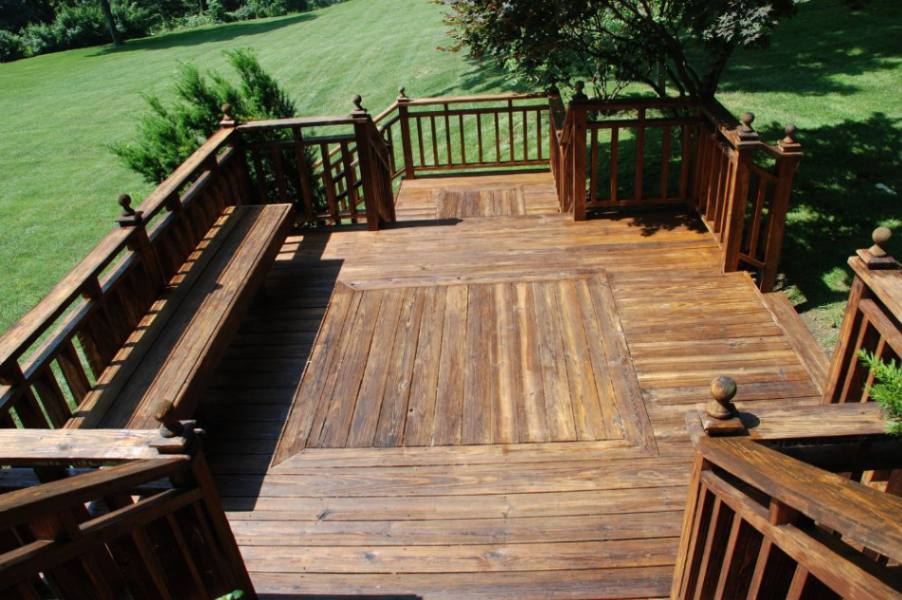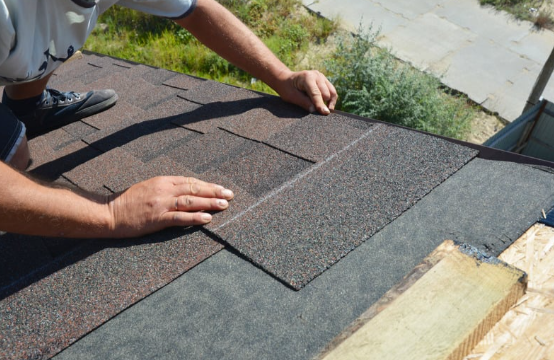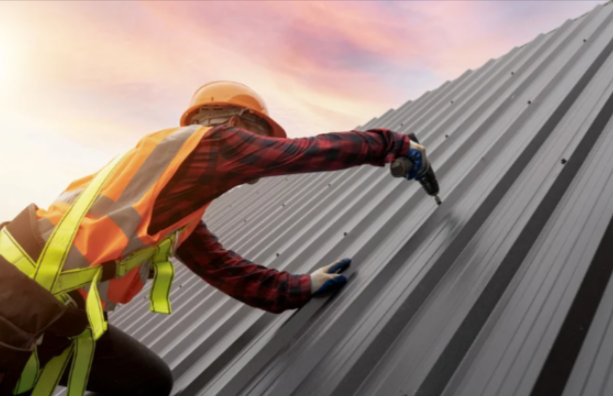Too familiar household nuisance, water spots on ceiling can be both an aesthetic concern and a signal for deeper, underlying issues. You know those water stains on ceiling? They’re not just ugly. They might be warning us about bigger problems. These spots can be light shades or really dark ones. They mess up the look of a room, but the bigger worry is what’s causing them. They can be from little leaks or even big structural problems. If you deal with them now, you might save money and trouble later.
Water Spots on Ceiling But No Leaks
Finding a water stain with no obvious leak is confusing. Such stains make homeowners act quickly, worried about hidden problems. While these stains usually mean moisture trouble, it doesn’t mean a dripping leak right above. People often think a water spot means there’s a leak right there. But water can move a lot before making a mark. It’s like how water can run down a string – it’s called ‘water tracking,’ and it can fool us.
Importance of Regular Roof Inspections
Prevention is Better Than Cure:
Regular inspections can identify potential problems before they escalate, saving homeowners time, money, and stress in the long run.
Enhance Longevity:
Detecting and addressing minor issues can significantly enhance the life expectancy of your home’s structure and roof.
Safety:
Leaks and water stains might lead to mold growth, which can have health implications for the inhabitants. Regular inspections ensure a safer living environment.
Property Value:
Maintaining a home in good condition can significantly increase its market value, should the owner decide to sell.
What Causes Brown Stains on Ceiling But No Leakage
Those brown stains on ceiling? They’re a sign of moisture getting in. There are many ways this can happen:
- Roof Leaks: Water might get in if roof parts are damaged or old.
- Plumbing Leaks: Pipes run inside our homes. Leaks in them can make ceiling stains.
- High Humidity and Condensation: Rooms need good air circulation, especially bathrooms. If not, dampness builds up and can make ceiling stains.
- Appliance Issues: Sometimes, things like washing machines leak and affect the ceiling below.
- Blocked Gutters: If they overflow, water might find a way inside.
- Window or Door Leaks: Old or not-well-sealed windows and doors might let in moisture.
- Duct Condensation: Air system pipes can get wet and drip if insulated correctly.
- Bathroom Activities: Showers can cause room dampness and stains without airing out.
- Chimney Problems: Water might get in through chimney cracks.
- Foundation Problems: It sounds strange, but problems at the base of a home can cause ceiling stains above.
When you see a water stain, finding out why and fixing it is important. If you don’t, you might have mold or expensive fixes later.
Tackling Water Stains on Ceiling: A Homeowner’s Guide
Spotting a water stain early on is key to a more straightforward fix. Yet, it’s crucial to understand that simply addressing the visible stain isn’t the end-all solution. Identifying and resolving the source of the leak is vital to prevent future stains and possible damage.
Once the root cause is addressed, here are some homeowner-friendly techniques to restore your ceiling:
- Vinegar Solution: Mix equal parts of white vinegar and water. Using a sponge or cloth, gently dab the solution onto the stain. The mild acid in the vinegar can help lift the stain without the harshness of chemicals.
- Baking Soda Paste: Create a paste using baking soda and a small amount of water. Apply the paste to the stain, let it sit for a few minutes, then gently scrub and rinse. This is especially good for tougher stains.
- Repainting: If the stain persists or you’ve cleaned multiple times, consider painting over the stain. Use a stain-blocking primer first to ensure the stain doesn’t seep through the new paint.
- Ceiling Tiles or Panels: If you have a drop ceiling, simply replace the stained tile. You might consider adding decorative panels or tiles to hide and prevent future stains for other ceilings.
- Natural Wood Care: If the stain is on natural wood, try a mixture of lemon juice and salt. Apply the mix to the stain, let it sit, then gently rub it off. After cleaning, consider applying a wood conditioner to nourish the wood and restore its luster.
Always test a small, inconspicuous area first when using any cleaning solution. This way, you can ensure it doesn’t cause further damage or discoloration to your ceiling.
Who To Call for Condensation Stain On Ceiling
Wondering who can help with ceiling stains? Here’s a list:
- General Handy Person: For basic fixes and roof checks.
- Roof Expert: For all things roof.
- Air System Pro: For issues with heating or cooling systems.
- Plumber: For checking out your home’s water systems.
- Air Quality Checker: To see if a place is too damp.
- Insulation Expert: To check the home’s insulation.
- Mold Expert: If mold is the problem from too much dampness.
Remember to tell these experts where the stain is, what it looks like, and any wet or damp spots you’ve noticed.
Get The Best Roofing Inspection With Experts
Got roof leakage problem? The team at Enduring Roofing & Construction can help. Known as top roofers in Alpharetta, they’re all about fixing roofs correctly. They have a great track record for spotting and sorting out leaks. They believe in doing a job that lasts. If you want to feel good about your roof, give Enduring Roofing & Construction a call.







